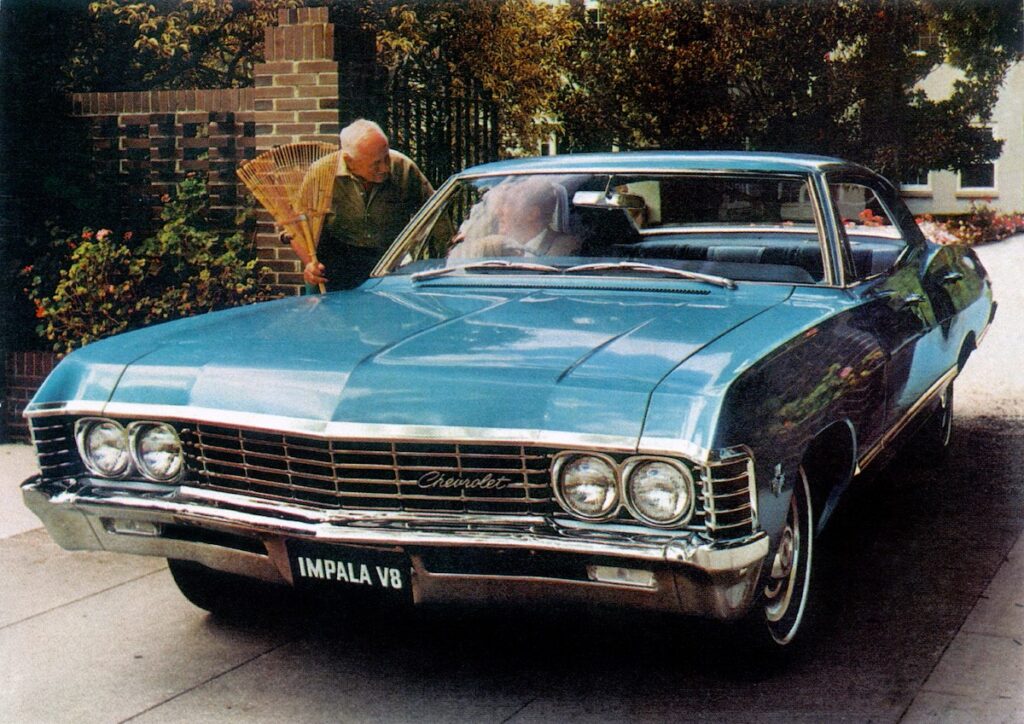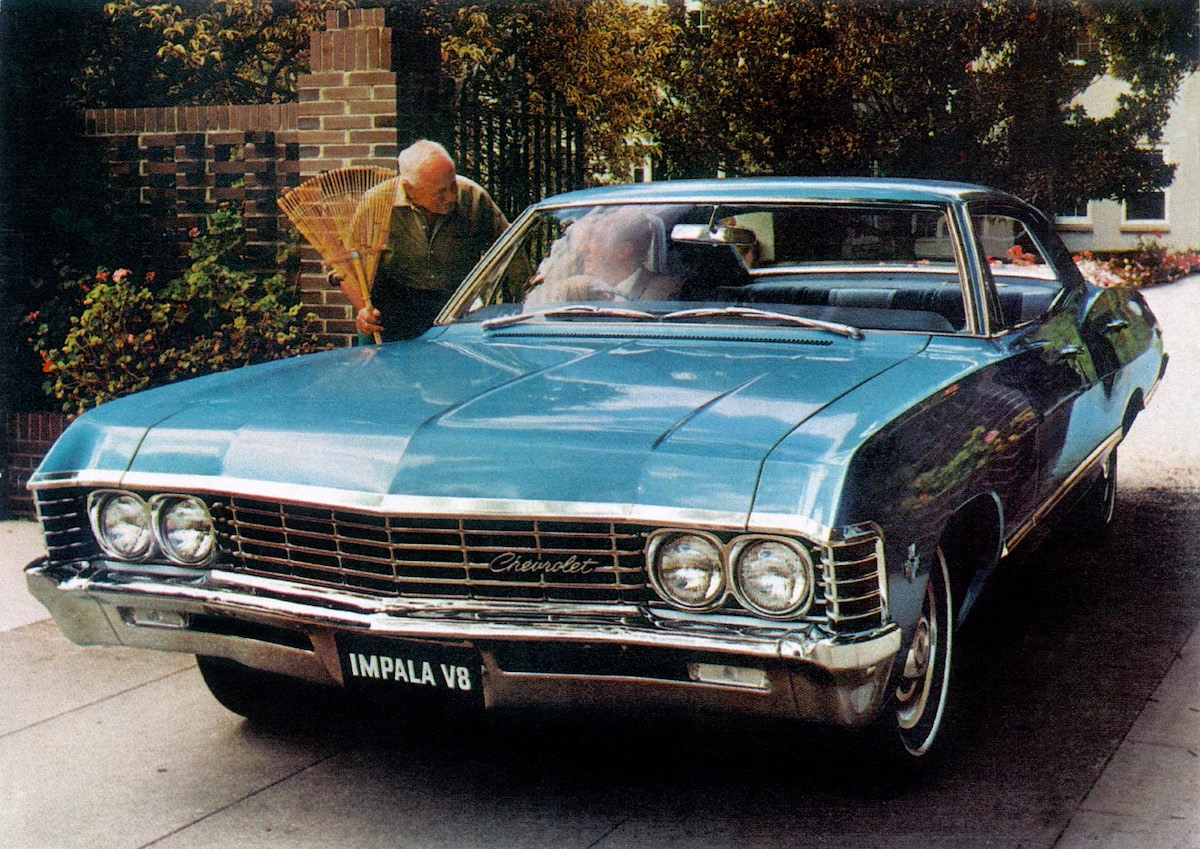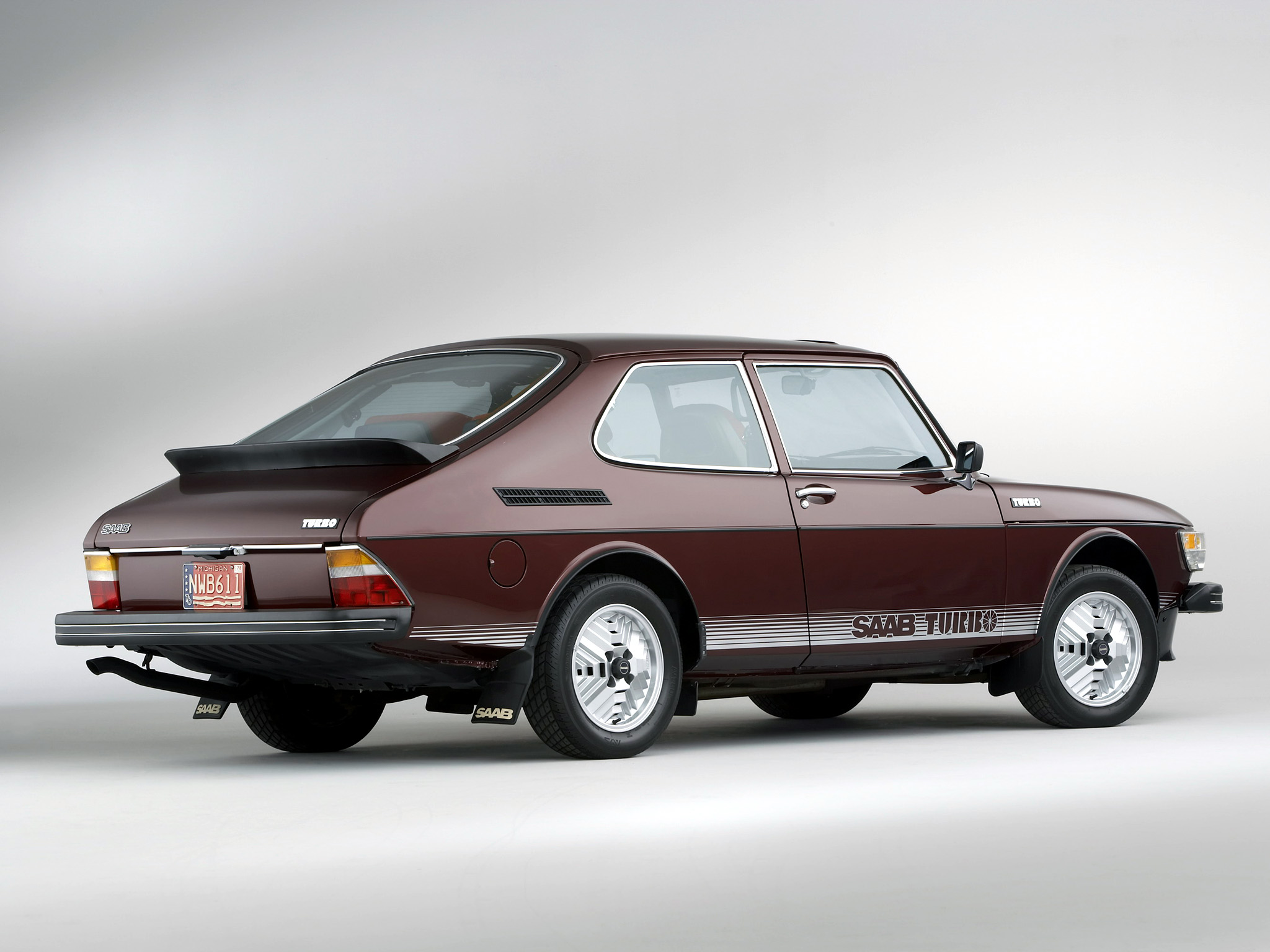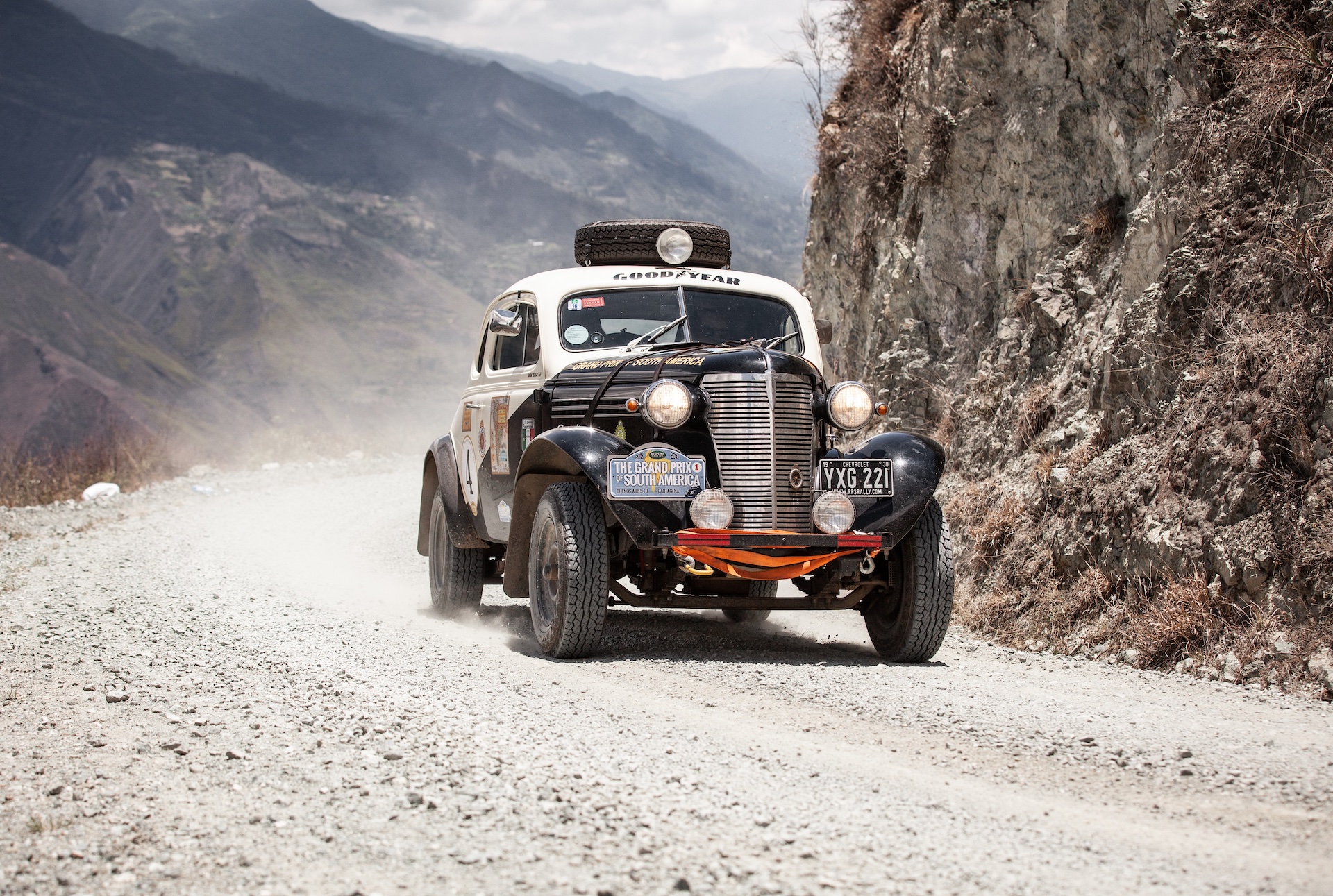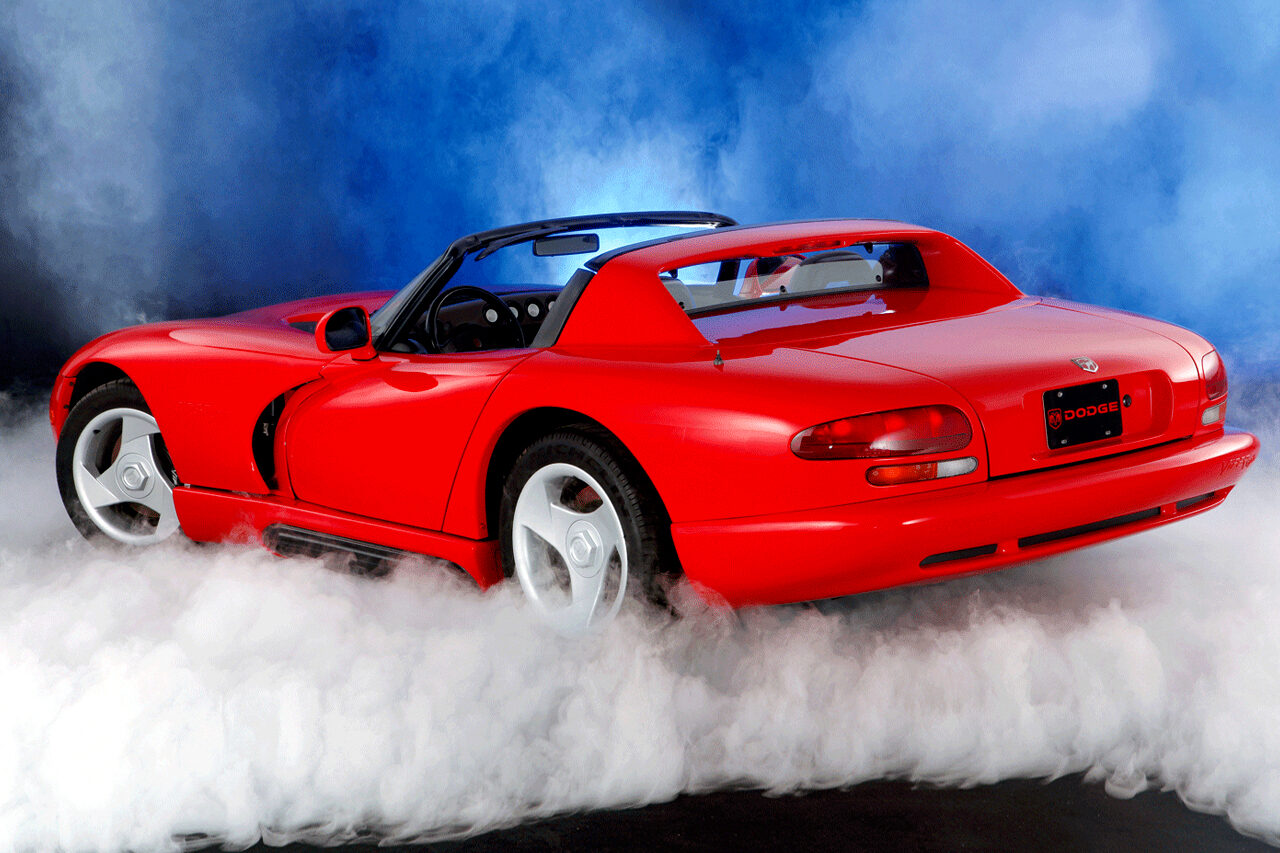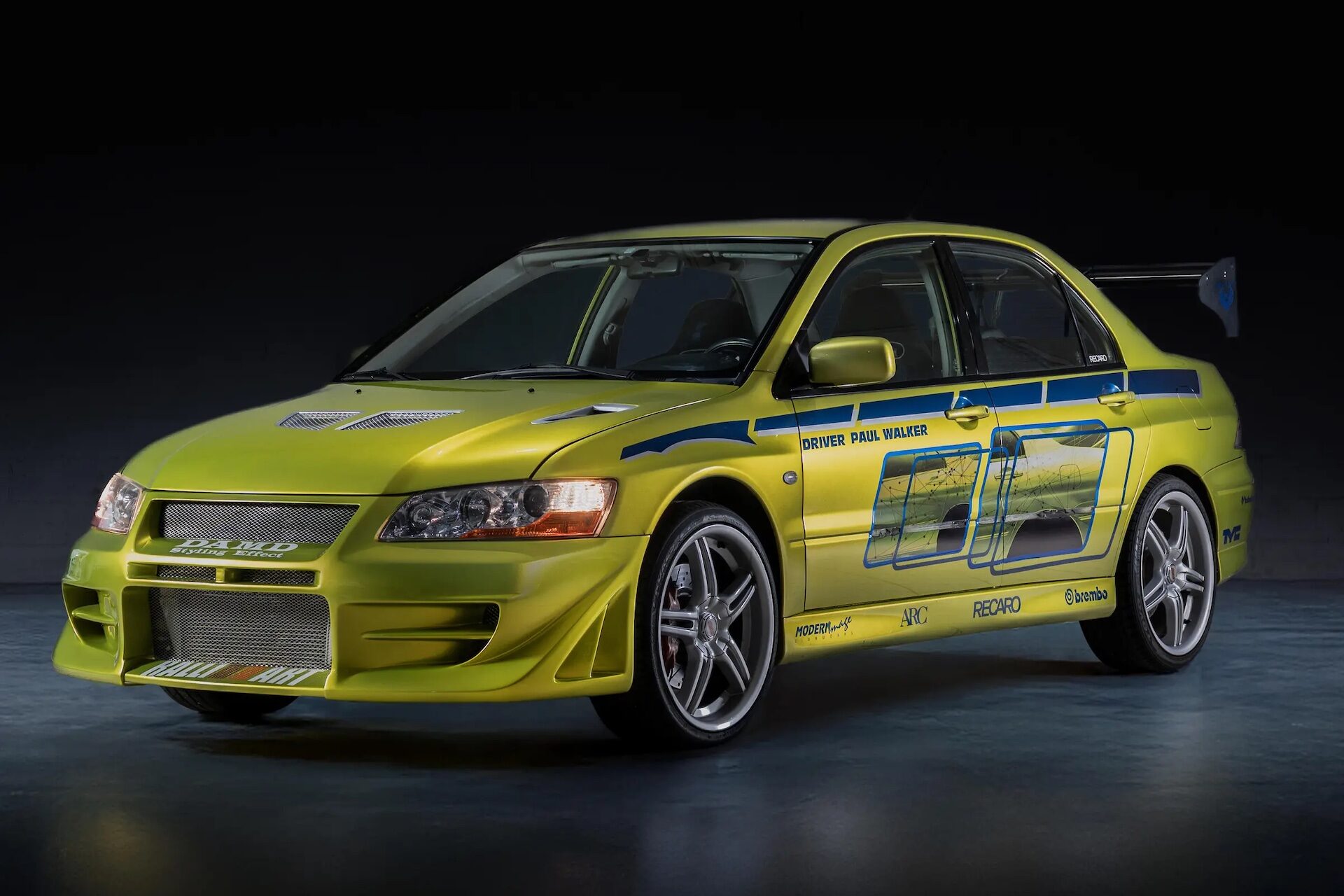If you lived in Australia in the 1960s and arrived home with a brand-new Chevrolet, you could just about see the neighbours turning green with envy. But replicating the experience on the other side of the world in the good old USA would see you more likely to be the recipient of quiet, condescending pity, since you obviously couldn’t afford anything better than a humble Chevrolet.
Perception is everything in the car game and cars that looked mundane on a Los Angeles street would embody success and status when parked outside Parliament House in Canberra or an exclusive Sydney golf club.
The turning point for Chevrolet in Australia came in 1965. Up to that time, a Bel-Air with central ‘B’ pillar was the only Chev variant officially offered. Buyers wanting an Impala Hardtop, convertible or station wagon needed to spend up on a dealer import from the USA, plus the cost of a right-hand-drive conversion.
From the mid-1960s until 1969 when local assembly of Chevrolet assembly ended, General Motors-Holden’s Ltd supplemented Bel-Air sales with its own four-door pillarless versions of the Impala. Chevy sedans still used a 4.6-litre, 283-cubic inch V8 while the more stylish Impalas had a 5.3-litre ‘327’ V8 boasting outputs of 171kW and 472Nm.
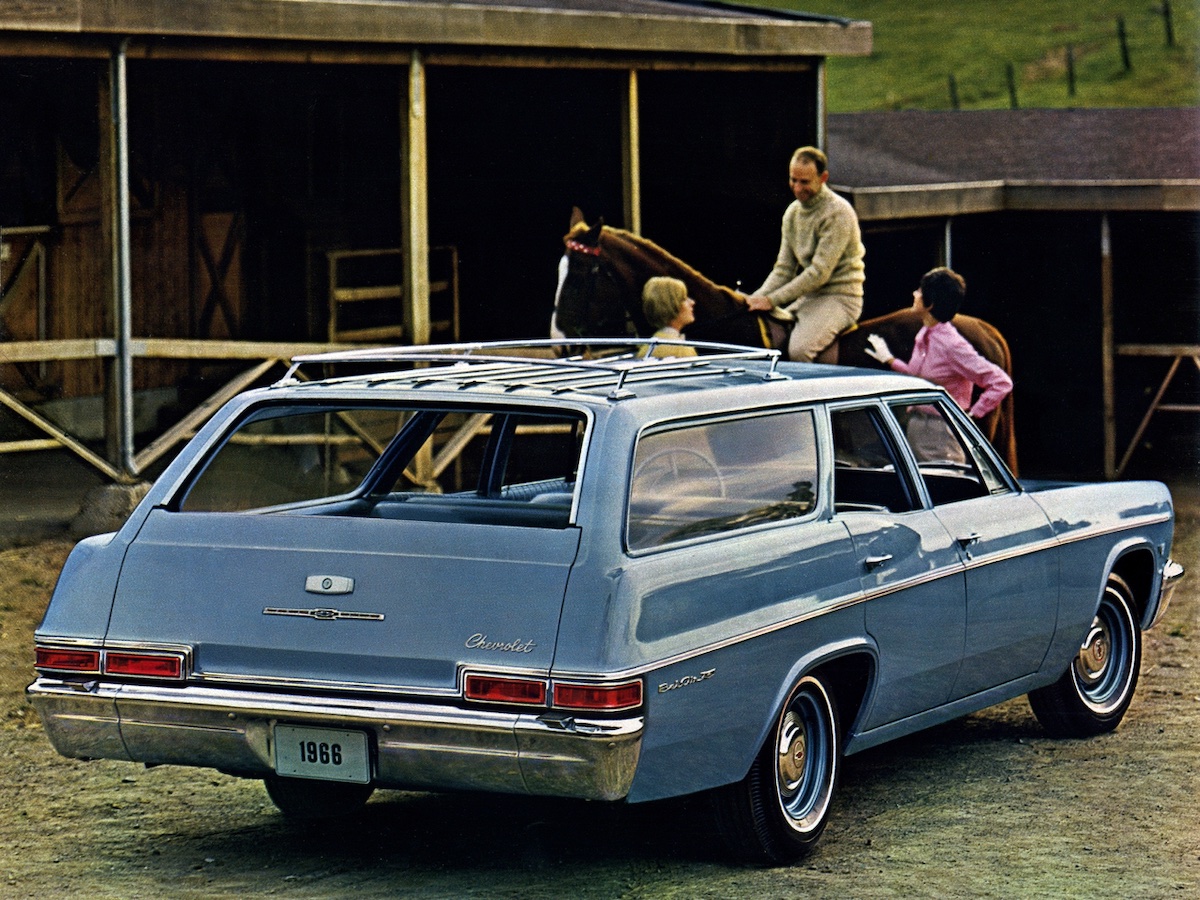
Local Chevrolets used Morrokide (fake leather) and brushed nylon inserts with central armrests and a heater/demister as standard. A radio was included from 1967 and later models also boasted front seat belts (outer positions only), reversing lights and an external rear view mirror, in deference to new Australian Design Rules.
Holden buyers could specify front disc brakes in their HK Holdens from 1968, but better brakes weren’t even an option for buyers of local Chevrolets, although some cars were retro-fitted with discs.
The standard transmission was a two-speed Powerglide automatic, but again some cars have acquired a later transmission with more cogs.
An all-new body design featuring a new grille, bumpers and more curvaceous panels arrived in 1967, with later 1968-69 cars identifiable by having their tail lights embedded in the rear bumper.

GM built so many Chevrolets in North America during the 1960s that even relatively rare versions aren’t especially valuable. The US market in mid-2024 did manage to unearth one very scarce car – a 1967 convertible with a 427-cubic inch engine considered to be one of fewer than 500 of its kind ever made.
However, even when marketed by a specialist North American classic car dealer at US$125,000 it struggled to sell, despite being far less common and cheaper than genuine 5.7-litre Holden Monaros available in this country.
Australian-assembled Chevrolets have become hard to find too, with unmodified cars especially scarce. Most pre-1967 versions were Bel-Airs with a central door pillar, but the surviving 1967-69 cars assembled here will mostly be pillarless Impalas.
Looking at the generalised market for 1965-69 Chevs, the majority will be recent imports, predominantly two-door SS hardtops or convertibles. These cars will normally remain left-hand drive, with conversion not required unless an owner specifically wants them modified.
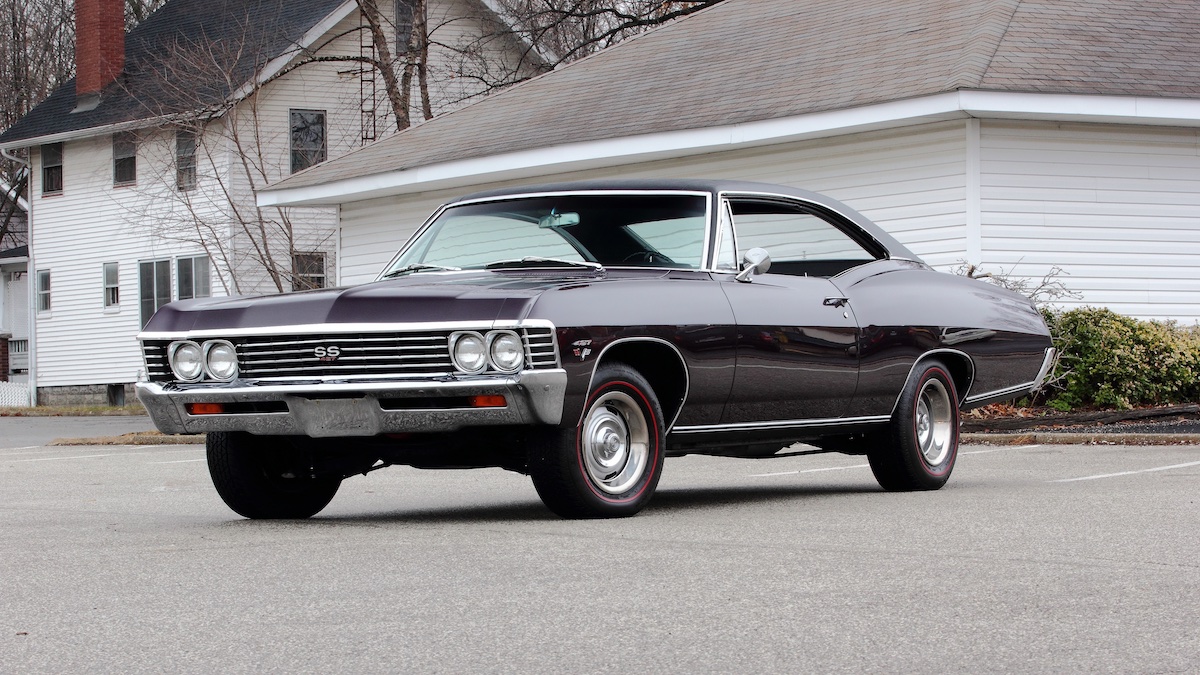
Things To Watch Out for When Buying a Used Chevrolet Bel-Air/Impala (1965-69)
- Body and chassis rust – door skins, quarter panels and boot floor in particular
- Oil leaks from around cylinder heads and rear main bearing
- Powerglide transmission reluctant to downshift.
- Worn rear springs allowing underbody contact with the road over bumps
- Excessively wide wheels and tyres rubbing on inner mudguards and suspension
- Speedometer and gauges not working
Valuation Timeline: Chevrolet Bel-Air/Impala (1965-69)
-
1995$11,500
-
2005$16,500+43.48%
-
2010$17,500+6.06%
-
2014$23,500+34.29%
-
2020$37,500+59.57%
-
2025$57,500+53.33%1967-69 Impala

